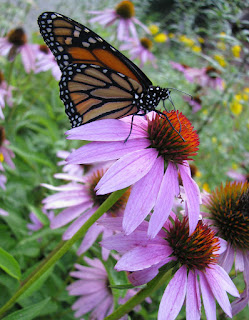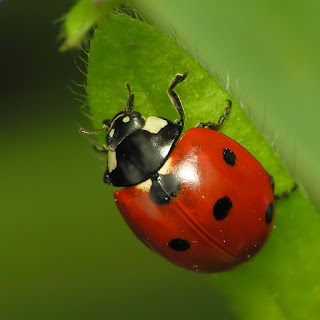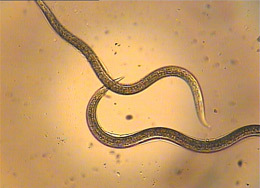BEE
Honey bees can often be identified by the balls of yellow pollen they carry on the backs of their legs. Grow flowering plants. Encourage wild honey bees. Because the spread of mites and the increase in pesticide usage has seriously reduced honey bee populations, the wild honey bees that are left are even more important.
BUTTERFLY
Butterflies are attracted to brightly colored, fragrant flowers and feed
on nectar produced by the flowers. As the butterflies travel from one
flower to another, they pollinate the plants, resulting in further
development of plant species. Numerous plants rely on pollinators, such
as butterflies, for reproduction.
DAMSEL BUG
Damsel bugs use thickened front legs to grab their prey, which includes aphids, caterpillars, thrips, leafhoppers, and other soft-bodied insects. Nymphs, too, are predators, and will feast both small insects and their eggs.
DRAGONFLY
There are more than 80 species of dragonflies. They can be identified by their long narrow body, their large compound eyes and the four transparent wings. There is variation in color. Sizes range from one to two inches. The larvae are found in water. They eat mosquitoes, aphids and other pest bugs
EARTHWORM
Earthworms are natural tillers of garden soil. Earthworms naturally aerate the soil, an important component of any
healthy loam. The air that is held by worm tunnels helps breakdown
bacteria in the soil. Earthworm excrement, called “castings,” acts as a soil conditioner,
improving the porosity, moisture retention and overall quality of the
soil. Castings also help bind important nutrients to plant roots and
can deter pests and soil-borne diseases.
GREEN LACEWING
Lacewing feed mainly on flower nectar. Lacewing larvae, however, are voracious predators that feed on aphids, thrips, scales, moth eggs, small caterpillars and mites.
LADYBUGS (actually a beetle)
Most ladybug adults and larvae feed on aphids and other soft-bodied insects. Adults are attracted to flower nectar and pollen, which they must eat before they can reproduce.
NEMATODE
(yes, there are "good" and "bad" nematodes)
(too small to see with the naked eye)
Beneficial Nematodes can be used anywhere developing pests exist including backyards, flower and vegetable gardens, lawns, fruit and nut trees, vines, greenhouses, row crops, pastures and more
SPIDERS
All spiders feed on insects and are very important in preventing pest outbreaks. The spiders normally found in gardens do not move indoors, nor are they poisonous. Permanent perennial plantings and straw mulches will provide shelter and dramatically increase spider populations in vegetable gardens.
Helpful links
Stay tuned for more info during our 2016 Organic Pest Control series!
We hope you have enjoyed yet another informative growing article here at Mary's Heirloom Seeds. If you have additional questions please ask!
Sign up for our E-Newsletter










